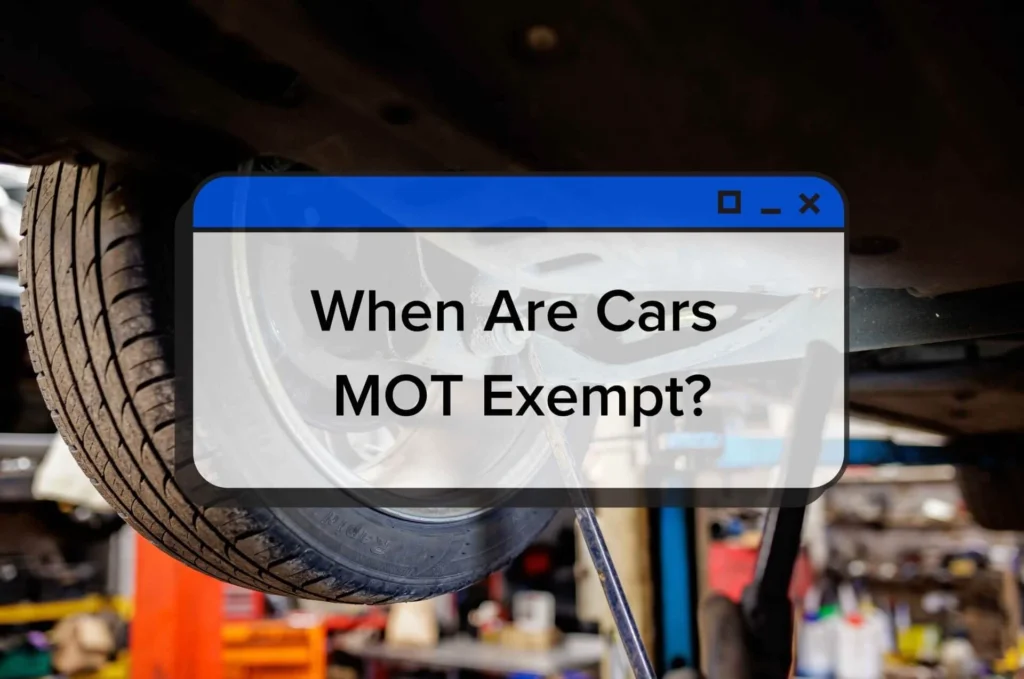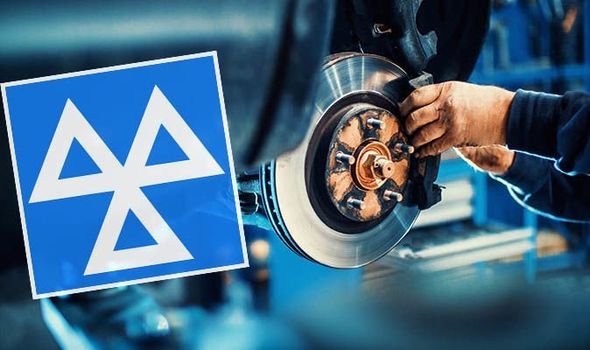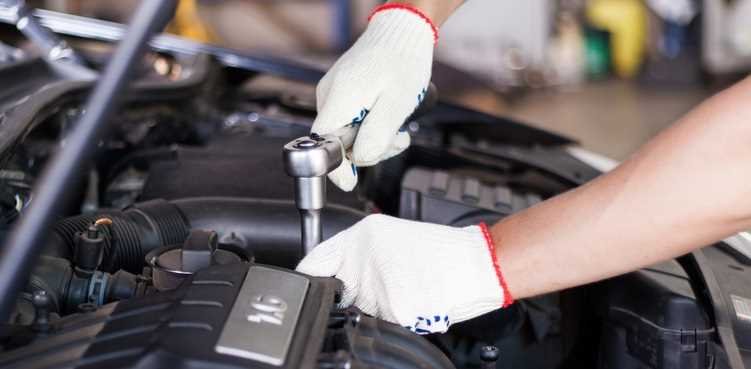In the UK, not all vehicles need an annual MOT test. Certain cars, motorcycles, and historic vehicles are classed as MOT exempt vehicles under DVSA rules.
But here’s the big question: If your vehicle is MOT exempt, do you still need a safety check?
The short answer is yes. Even if your vehicle doesn’t legally require an MOT, you’re still responsible for keeping it safe and roadworthy. In this guide, we’ll explain which vehicles are exempt, why safety checks still matter, and what you should do to stay on the right side of the law.
✅ What Are MOT Exempt Vehicles in the UK?
The Driver and Vehicle Standards Agency (DVSA) defines MOT exemptions for specific types of vehicles. Some of the most common include:
-
Historic vehicles: Cars and motorcycles over 40 years old, provided no “substantial changes” have been made in the last 30 years.
-
Classic cars registered as VHI (Vehicles of Historic Interest).
-
Electric goods vehicles (registered before March 2015).
-
Tractors, agricultural vehicles, and certain specialised vehicles (e.g., snow ploughs, works trucks).
👉 You can check the full exemption list on GOV.UK MOT exemptions.
❓ Do MOT Exempt Vehicles Still Need a Safety Check?
Yes. Even if your car doesn’t need an MOT test, the Highway Code and Road Traffic Act require all vehicles to be:
-
Safe to drive
-
Properly maintained
-
Free from major defects
If you drive an unsafe vehicle, you could face:
-
£2,500 fine
-
3 penalty points
-
Driving ban in serious cases
So while you may not need a certificate, you still need to prove your vehicle is roadworthy.
🛠 Recommended Safety Checks for MOT Exempt Vehicles
Here’s a simple checklist for keeping exempt vehicles safe:
1. Tyres and Wheels
-
Tread depth must be 1.6mm (cars) or 1mm (motorcycles).
-
Check for cracks, bulges, or punctures.
2. Lights and Indicators
-
Make sure headlights, brake lights, and indicators all work.
-
Historic cars with upgraded lights must still comply with UK road safety rules.
3. Brakes
-
Test handbrake and footbrake regularly.
-
Listen for unusual noises.
4. Steering and Suspension
-
No excessive play in the steering wheel.
-
No leaks or damage in suspension components.
5. Windscreen, Wipers, and Washers
-
Windscreen must be clear and free of major cracks.
-
Wipers and washers must work, especially in rain.
6. Seatbelts (if fitted)
-
All belts should be secure and undamaged.
7. Exhaust and Emissions
-
No excessive smoke or unusual noise.
-
Exhaust must be properly secured.
🏆 Why a Voluntary MOT Test Is a Smart Idea
Even if your vehicle is MOT exempt, many owners choose to book a voluntary MOT test.
Benefits include:
-
Peace of mind: Confirms your vehicle is safe.
-
Insurance compliance: Some insurers prefer vehicles to have regular MOTs.
-
Better resale value: Buyers trust vehicles with recent MOT records.
👉 You can book a voluntary test at any DVSA-approved MOT centre.
📊 Common Mistakes Owners of MOT Exempt Vehicles Make
-
Assuming exemption = no responsibility – You’re still legally accountable for roadworthiness.
-
Ignoring tyres – Most roadside breakdowns are tyre-related.
-
Not keeping records – Even without MOTs, keep receipts for servicing and repairs.
-
Insurance issues – Some policies may be invalidated if the car is unsafe.
🔗 Useful Resources for UK Drivers
Owning an MOT exempt vehicle is a privilege, especially for classic and historic car enthusiasts. But exemption does not mean neglect. You’re still responsible for keeping your vehicle safe, legal, and roadworthy.
A voluntary MOT or regular safety check is the best way to protect yourself, your passengers, and other road users.
So the answer to “Do MOT exempt vehicles still need a safety check?” is a clear YES—your safety, wallet, and driving licence all depend on it.



